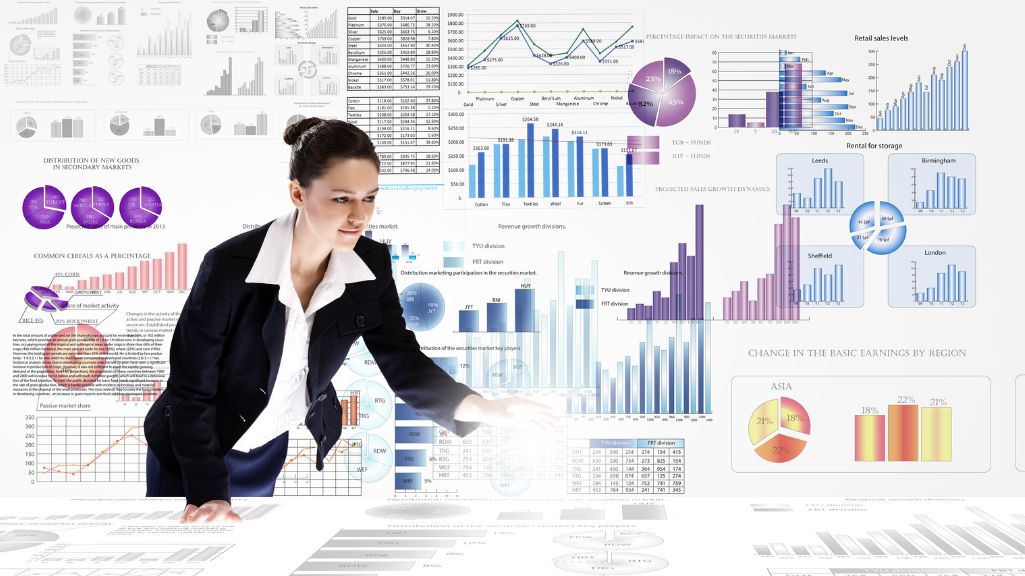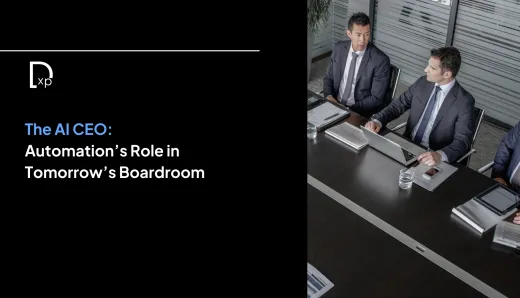Real-Time Data and Analytics: Driving Business Transformation

It becomes one of the key differentiators if an organization wants to be a contemporary leader in terms of speed. The complexity resulting from untold amounts of data is immense, so companies are compelled to adopt real-time analytics. Transformation does not only streamline the process but also enables organizations to respond to market dynamics faster. These are the factors that comprise the acceptance of advanced analytics instruments. Central to these ends would be Tableau Pulse, an instrument that gives businesses actionable insights that inform strategic choices.
The Need for Speed in Decision-Making
With consumer preferences changing overnight and the market's vagaries rendering predictability futile, business houses have to respond with equal flexibility. According to a recent McKinsey survey, organizations that make use of real-time data in decision-making vastly outperform others in improving operating performance, customer satisfaction, and profitability. Gone are the days when decisions could be taken on a quarterly or even monthly basis.
Real time data offers companies the scope to monitor their performance metrics in real time, thereby giving an instant view on what is working and what is not. This degree of transparency can be crucial for knowing where changes are needed and even rectifying problems before they become major issues. This means that retailers can change the inventories based on real-time sales data so that the popular items always get available with minimal costs because of excess inventories.
Tableau Pulse: Revolutionizing Analytics in Real Time
From the many tools available, it is Tableau Pulse, considering its ability to collect voluminous amounts of data and deliver insights in a format that is easy for users to go through. It is integrated under Salesforce's integration strategy and is specifically designed to give organizations an all-inclusive view of information across myriad sources. Its functionality allows for trends, patterns, and anomalies in visualizing the way they occur and provide the basis for informed decisions.
One of the primary highlights of Tableau Pulse is that it is full of natural language processing, thus allowing users to interface with data through conversational language. This brings analytics access so that it's not just something for a data analyst, but rather non-technical stakeholders can have good communication with data. Then, the outcome should produce a culture of a data-driven decision-making organization.
A marketing team bringing out a new product, for example, would be able to view performance for that campaign in real time-as it was happening-and shift strategies based on that information. If social media engagement is high, the team can simply amplify successful messaging or shift tactics away from those that are not performing as well. This flexibility is crucial in a world of digital marketing in which consumer sentiment can change overnight.
Enhancing Collaboration and Alignment
Real-time analytics also fuel cross-departmental cooperation. With such tools as Tableau Pulse, stakeholders from all disparate areas can actually view the same data sets and insights in near real-time. This alignment helps ensure that all teams work towards a common goal and that all make decisions based on the same information.
For instance, in healthcare, real-time analytics will improve patient outcomes as medical professionals can view any information concerning patients easily. Whenever there is a need to read about a patient's vitals or the reaction toward the treatment administered at any moment, physicians make timely decisions aiming at enhancing the quality of their service. Moreover, departments like billing and administration can work with the clinical teams in such a way that operational efficiency is attained because both are co-ordinated on common understanding through real-time data.
Driving Innovation Through Insight
In such a competitive marketplace, innovation could prove to be the very thing that differs industry leaders from the rest. Real-time data and analytics work as an innovation catalyst in many ways, as they provide insights for further exploration into new opportunities. A company can use this insight to identify emerging trends, uncover customer pain points, and develop new products or services meeting market demands that evolve over time.
For example, for a company dealing in consumer goods, Tableau Pulse may analyze patterns of buying and customers' feedback in real-time. If it determines that there is an increased trend toward sustainable products, the company may innovate its product lines to match such demands, coming up with eco-friendly alternatives that gain sympathy with the consumers. In this manner, the proactive approach enhances the company's product offerings and increases the strength of the brand image as a forward-looking organization with concerns for sustainability.
Difficulties in Implementing Real-Time Analytics
As the obvious advantages for real-time analytics are set up, then by all means, undoubtedly, there are challenges toward the real implementation. Organizations need the right investment in proper technological infrastructure that can help gather data, store that data, and analyze different patterns. A cultural shift is also needed to be effective in creating a more data-driven approach for the organization. As employees need training on deploying analytics tools effectively while also understanding how and why it is crucial to ensure data integrity and accuracy.
However, businesses need to be ready to manage large amounts of data generated nearly in real-time. This is achieved through better data governance structures that ensure quality in data and the reliability of insights sourced from analytics.
Decision-Making Future
The current and ever-growing trend of businesses moving deeper into the digital age will only enhance the role of real-time data and analytics. The way organizations will be set up is going to be promising as the future that lies ahead in decision-making will not just be a simple feed through conditions and scenarios with historical data, but agile as it looks forward into real-time insights made through tools such as Tableau Pulse.
Only successful organizations will appreciate the need for real-time analytics to form a pivot point for their business strategy. By cultivating this data-driven culture, helping teams work better together, and promoting innovation through insights, businesses can position themselves well in this hyper-competitive landscape for sustained growth.
In this world of speedy change, it will be the leaders of tomorrow who can adapt at the pace of change and make decisions based on the right information. It is not just a trend but an imperative of the way a business has to evolve and succeed.




